Olympus portable X-ray fluorescence (pXRF) analyzers provide real-time geochemical data for rapid multi-element characterization of soils, rocks, and ores.
Background
With minimal sample preparation and relatively low costs, First Mining Finance Corporation (FMF) chose portable XRF (pXRF) due to its rapid analysis, reliability, and suitability for testing soils. Their objective was threefold: to quickly evaluate large prospective areas mostly covered by alluvium; to prioritize exploration objectives; and to discard sterile areas using reliable methods. While traditional analytical methods may be slow and costly, pXRF results served to quickly outline the extension of mineralized zones and distinguish anomalous areas under alluvium, at a reasonable cost. | 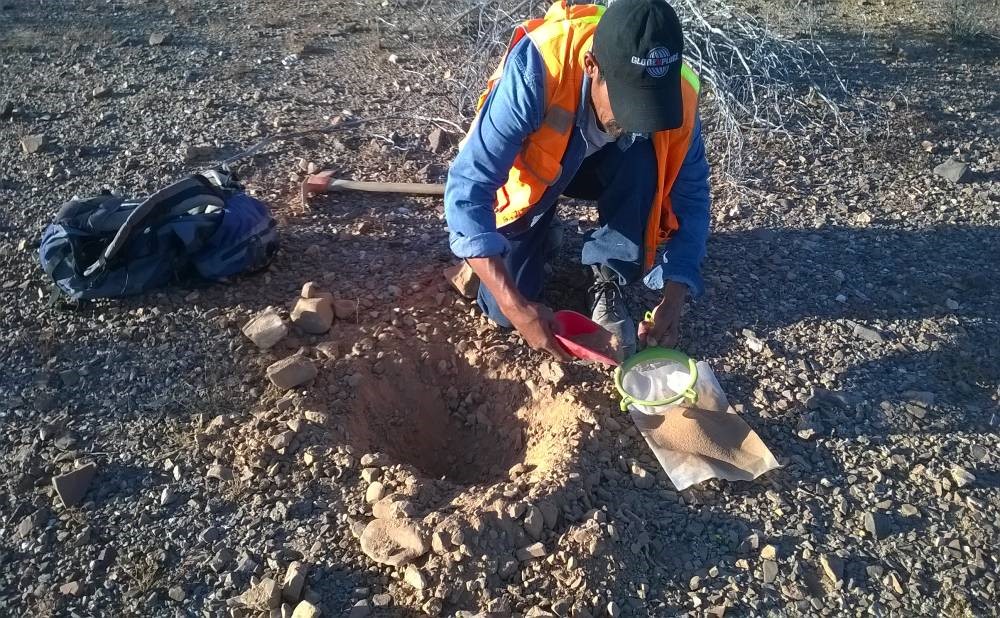 FMF used pXRF to detect indicator elements for Au, to detect soil anomalies, to define structures, and to map lithologies. |
The Value of Portable XRF
Assay Costs
Time and Project Costs
| 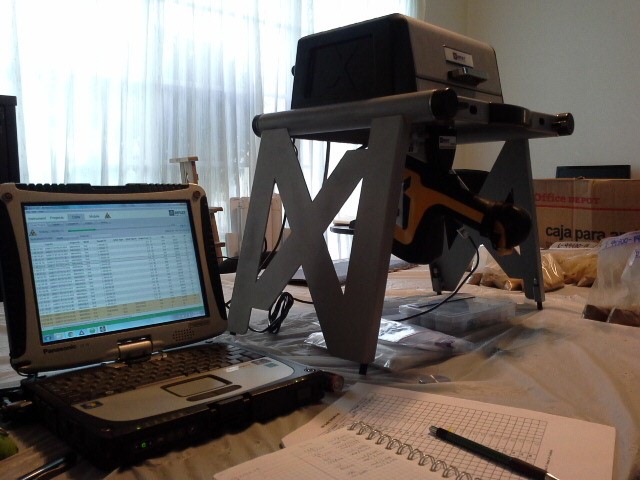 Portable XRF measures over 30 elements instantly, enabling trace element characterization. |
Project Background
FMF used pXRF on three Sonoran projects
| 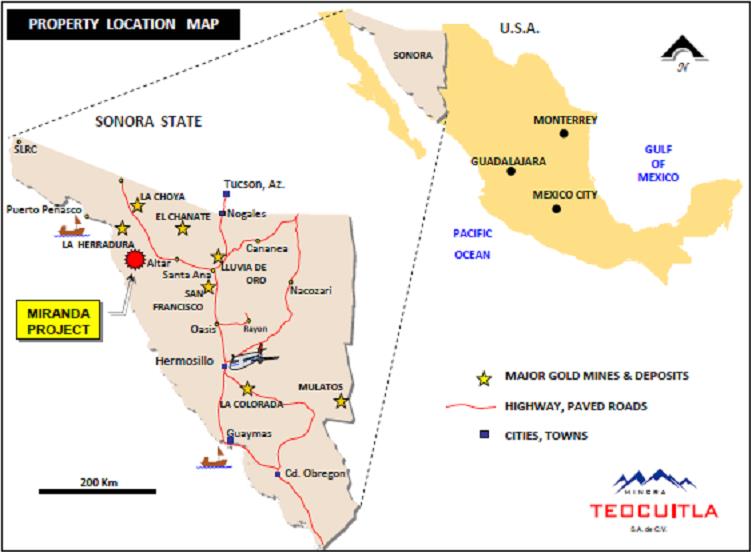 |
Method
Before the samples are analyzed, they are sieved with #20, #35, and #80 mesh. The #80 fraction is used for pXRF. When analysis is initiated, a Daily Log report is completed that includes the QA/QC. In this daily report, the pulps analyzed by day, duplicates, re-splits, targets, standard, and internal calibrations of the pXRF equipment are controlled. Internal calibration is the resolution of the analyzer at 143 eV. An XRF Daily Sample Log report of normal, duplicate, and re-split analyses is also completed where the label of the number of the pulps is recorded in a consecutive and orderly manner. The analysis time for each pulp, blank, standard, duplicate, and re-split is 2 beams × 30 sec for a total of 60 seconds per pulp analysis using the Soil Mode factory calibration. XRF results were compared to ICP-MS assays, and the correlation between the two (80 to 90%) was excellent. | 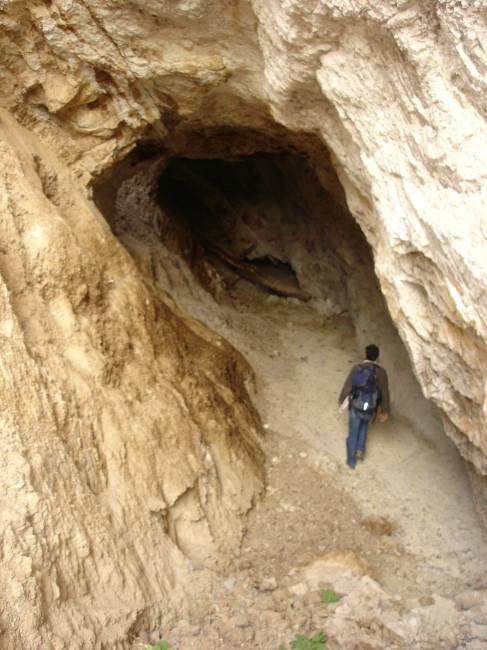 |
Primary Targets
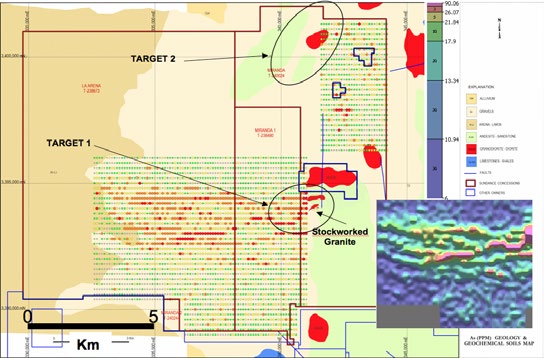 Figure 1: Arsenic in soil geochemistry. The contoured data (bottom right) shows the distribution and trends of the arsenic values. | Target 1: The first target is stockwork granite in the central part of the property (60 m at 0.18g/tAu, in the sole outcrop that goes undercover toward the West. Individual samples vary from 0.1 to 0.36 g/t Au). As, Pb, and Zn anomalies form an envelope 2 km long by 1 km wide. Target 2: The second target is >2 km long shear zone in meta-sediments in the northern part of the property, where 9 samples assay 0.75 to 2.6 g/t Au. There is a soil geochemical anomaly 1 km long by 500 m wide that correlates with the shear zone and gold mineralization. |
Results
Portable XRF soil geochemistry worked very well in the three types of mineralization across these project areas. The results revealed large geochemical anomalies, especially arsenic, lead, and zinc, in values well above the detection limit of the instrument.
The anomalies correlate well with known gold mineralization and, in all cases, extend the size of the targets to fully delineate the shape of the mineralizing controlling structures. In certain cases the anomalies identified targets not previously known and that warrant further field verification.
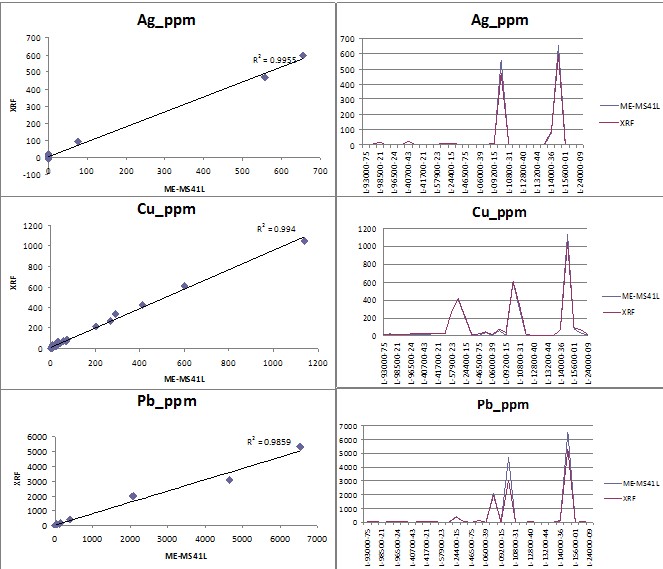 | 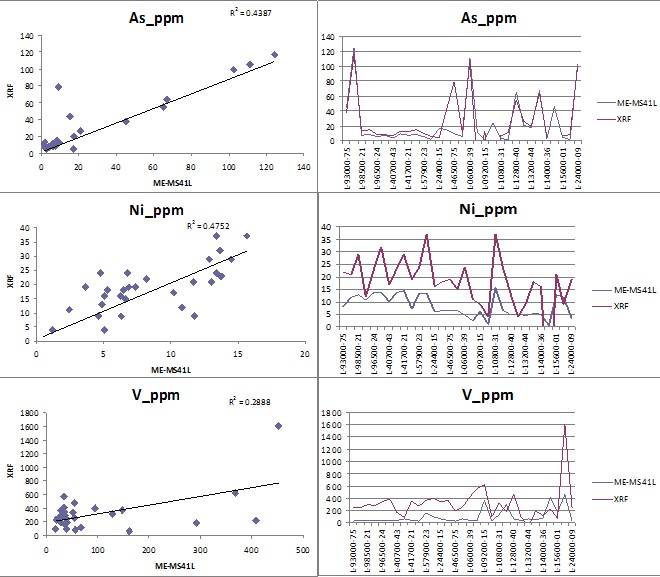 |
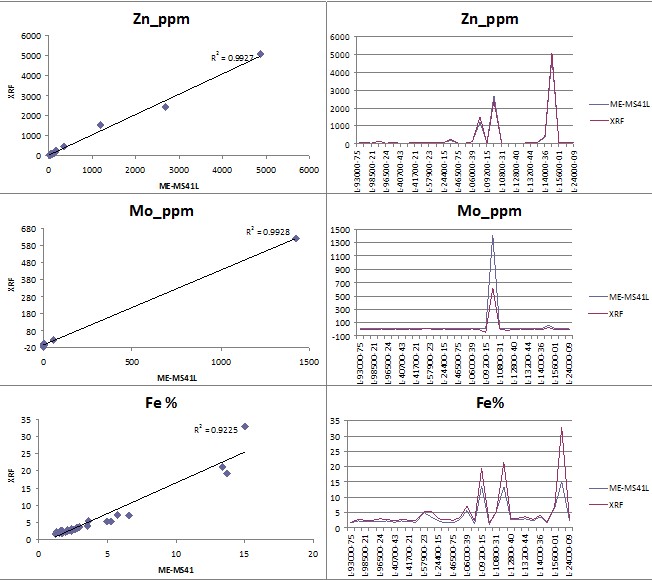 | 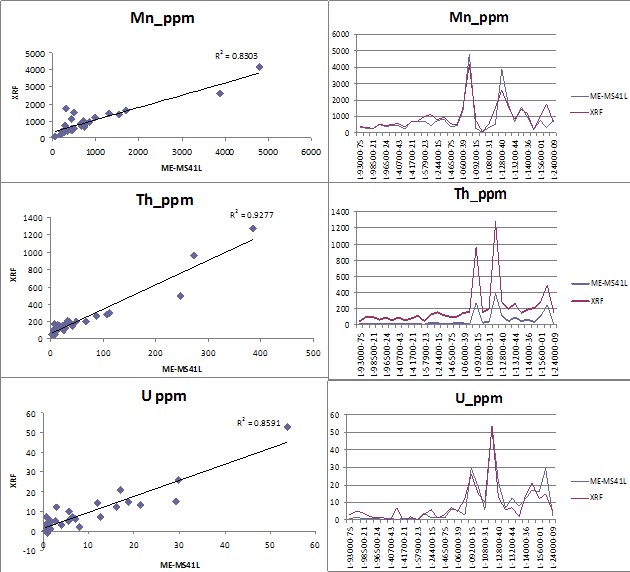 |
Quality Assurance and Quality Control (QA/QC)
QA/QC is an important part of any analytical program. Certified standards are needed to monitor instrument performance. Silicon dioxide and/or field blanks can be used at the start of testing and intermittently to monitor for contamination of the pXRF testing process. Field duplicates are also employed to monitor the homogeneity of the sample and replicates for precision/repeatability (same sample or sample split).
A Note on Detection Limits
For QA/QC, silicon dioxide (BLK) blanks were used along with certified standards (OREAS), duplicates (DUP), which involves duplicating the analysis of the pulp at the same point where the first analysis takes place, and re-splits (FDUP) made by shaking the pulp and doing a new analysis at a different point from the first analysis and the duplicate. The DUP and FDUP are made every 25 pulp samples.
The Benefits of pXRF
FMF chose to use pXRF due to its relatively inexpensive cost, rapid analysis, reliability, and suitability for testing soils with minimal sample preparation.
In addition, pXRF measures over 30 elements instantly, enabling the trace element content to be characterized. This facilitates the use of litho-geochemistry to correlate stratigraphy and identify marker horizons or metal mineralized zones. Portable XRF is fast, economical, and accurate when used with the proper QC and operating procedures. It is effective in detecting indicator elements for gold and useful for detecting anomalies, defining structures, and mapping lithologies.



